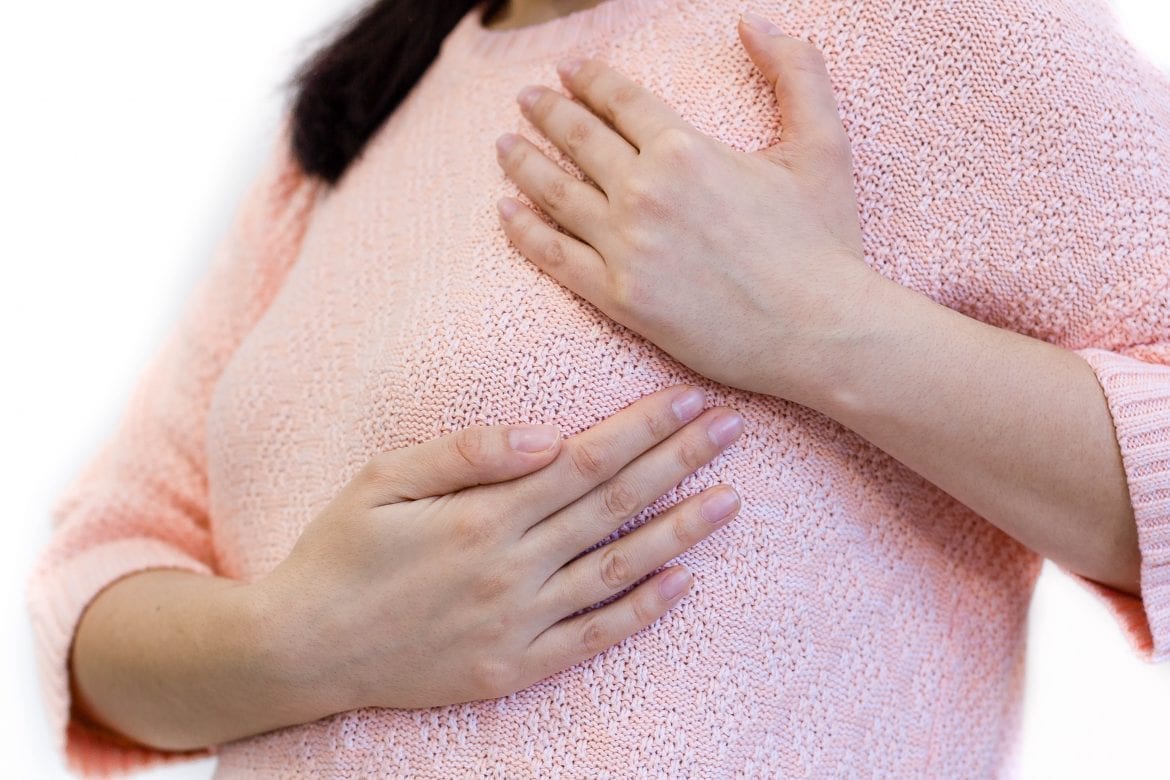Nursing is going great! You and your newborn are hitting your groove when, WHAM!, you notice a hard, reddish hot area in your breast—you may even feel like you’re coming down with the flu. This familiar incidence among breastfeeding moms is called mastitis, a common breastfeeding complication or infection.
What is Mastitis?
Mastitis typically begins as a lumpy, tender area in your breast caused by an inflamed milk duct, and it can develop into an infection—but not all cases result in an infection. It’s most common in the early weeks of nursing.
Mastitis can develop from plugged milk ducts or pores, sore or cracked nipples, not alternating and emptying both breasts at each feeding, missed feedings, poor latch, injury to your breasts, or your own illness or stress.
Signs of mastitis include a hot, reddened area in one or both breasts, including the areola and nipple. If you have mastitis, you may also have the sudden onset of fever, chills, body aches and headache.
Treating Mastitis
Call your nurse or lactation consultant at the first signs of mastitis. If you’ve developed an infection, you’ll be asked to take antibiotics for 10-14 days. Discuss which antibiotic will be safe for you to continue nursing while taking, and what you can do if a yeast infection emerges while taking antibiotics, as it does for some women.
You may also be advised to take an anti-inflammatory medicine like ibuprofen for relief of pain and discomfort. Try to get extra rest during this time—your body is likely fighting an infection.
You can also try applying moist heat or ice to your breasts before nursing to ease the pains of mastitis. Heat can increase inflammation; cold can decrease swelling—see what works best and feels the most comfortable for you.
Continue Nursing
Most importantly—as possible—keep breastfeeding! Suddenly stopping breastfeeding and weaning your infant will bring about other problems and put you at risk for complications like engorgement or developing a breast abscess, which is a puss-filled cyst within your breast.
Emptying your breasts is the best way to move mastitis toward healing. Start each feeding with your least painful breast and continue with frequent feedings to ensure your breasts don’t become overly full.
In very rare cases, some nursing moms will experience frequent bouts of mastitis—this could be a warning sign that you may have an underlying breast concern, such as a tumor or an abscess. Tell your nurse or lactation consultant if mastitis returns after your first episode resolves—you may need further screening to help identify why this complication is developing.

Comments are closed.